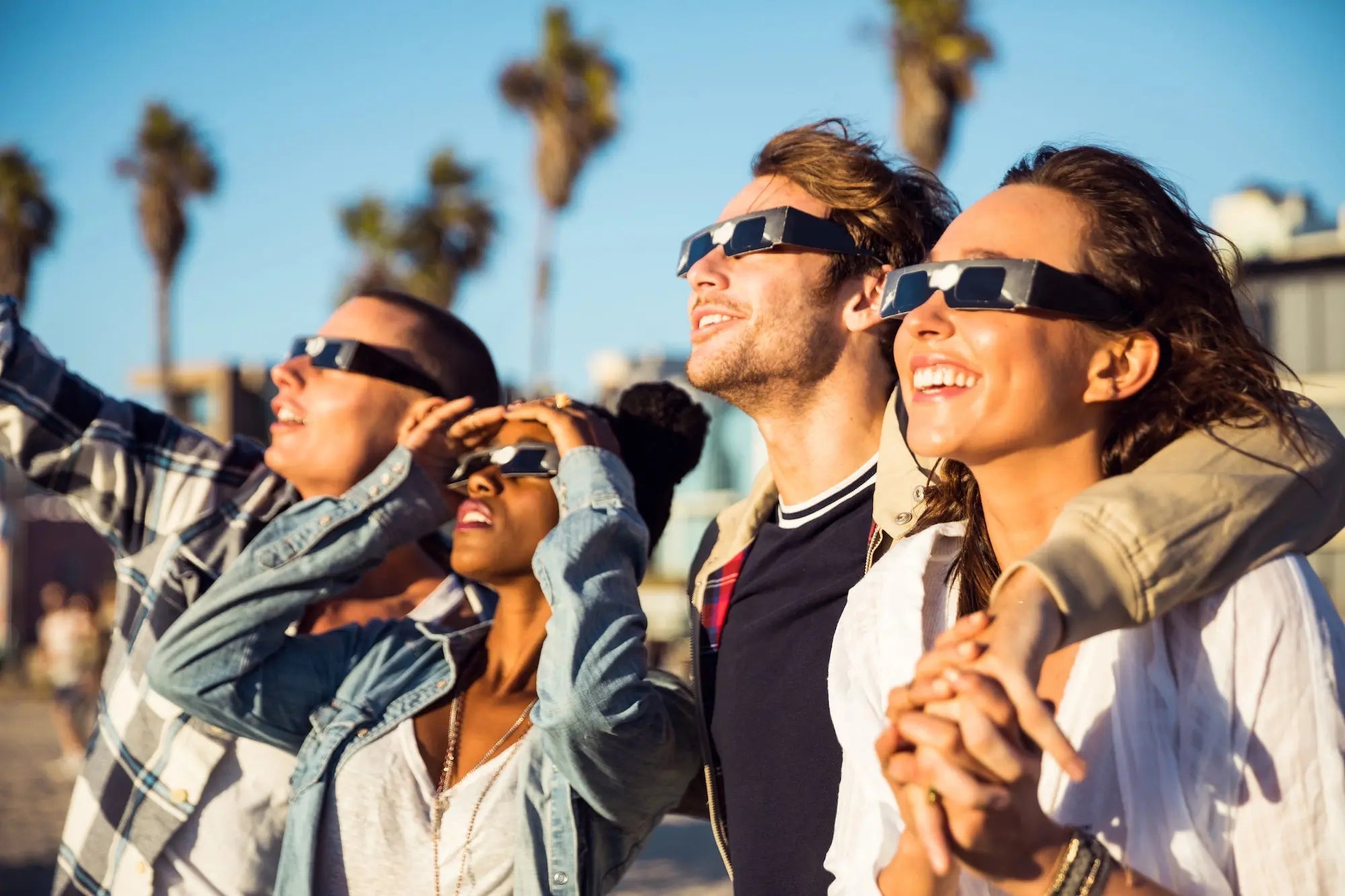Timing, Circumstances, and More
Solar eclipses are awe-inspiring celestial events that capture the imagination and wonder of people across the globe. While the need for eye protection such as eclipse glasses during an eclipse is well-documented, there are specific instances and time frames where it is actually safe—and even recommended—to remove them. This article aims to shed light on when you shouldn't wear eclipse glasses during a solar eclipse.
The Total Solar Eclipse
The most famous instance where it is safe to take off your eclipse glasses is during the totality phase of a total solar eclipse. This is the brief period when the moon entirely covers the sun, leaving only the solar corona visible. During this phase, which can last anywhere from a few seconds to a few minutes, it's safe to look at the eclipse without eye protection. However, caution should be exercised to avoid looking too soon before totality or too late after, as even a sliver of the sun's surface can cause eye damage. The totality phase is safe to watch because the solar disk is completely obscured, and the phenomena, like the appearance of "Bailey's beads" or the "diamond ring," signal the moments right before and after totality when it's time to put your glasses back on.
Partial Eclipses and Annular Eclipses: Always Keep Them On
If you're observing a partial or annular solar eclipse, it is crucial to keep your eclipse glasses on at all times when looking directly at the sun. In these events, the sun's disk is never entirely covered, and eye damage can easily occur if you look at it without proper protection.
Photography and Telescopes
If you're using specialized solar telescopes or cameras with solar filters to photograph the eclipse, you'll be looking through a device rather than directly at the sun. However, you should only remove your glasses when your eyes are shielded by these devices. Moreover, ensure that the filters are secure and properly installed to prevent accidental exposure.
Indirect Observation Methods
If you're using indirect methods like pinhole projectors to view the eclipse, you don't need to wear eclipse glasses while looking at the projected image. However, you should still wear them if you plan to switch between the projection and direct observation.
Special Cases: When Eclipse Glasses Are Unnecessary
1. When You're Indoors Watching a Live Stream: Obviously, if you're not directly observing the sun, you don't need eclipse glasses.
2. Nighttime Lunar Eclipses: Lunar eclipses happen at night and do not involve looking directly at the sun. In this case, eclipse glasses are not needed.
Safety First
Timing is crucial when it comes to wearing eclipse glasses. Always consult reliable sources for the exact times of the various phases of the eclipse in your location. Moreover, always make sure your eclipse glasses meet safety standards and have no cracks, scratches, or other damages.
Conclusion
While eclipse glasses are an essential tool for safely viewing most phases of a solar eclipse, there are specific moments and methods of observation where they are not needed—or should even be removed. Knowing when to wear them and when not to wear them can enhance your eclipse-watching experience while ensuring your safety.



Share:
When to Wear Your Eclipse Glasses During an Annular Eclipse
Proper Storage of Eclipse Glasses